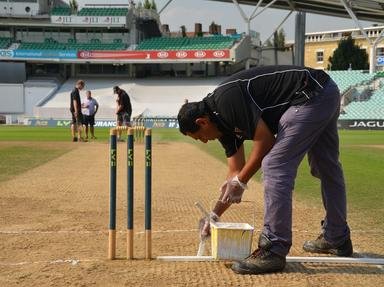
Ashes Tests 1882-2023 Trivia Quiz
Record Ashes Partnerships for Each Wicket
The June 2023 Ashes contest was the 73rd series between Australia and England. These contests witnessed many outstanding partnerships and, remarkably, at that time, the record for each wicket in an Ashes Test was owned by Australians.
An ordering quiz
by pollucci19.
Estimated time: 3 mins.
- Home
- »
- Quizzes
- »
- Sports Trivia
- »
- Test Cricket
- »
- Ashes Tests